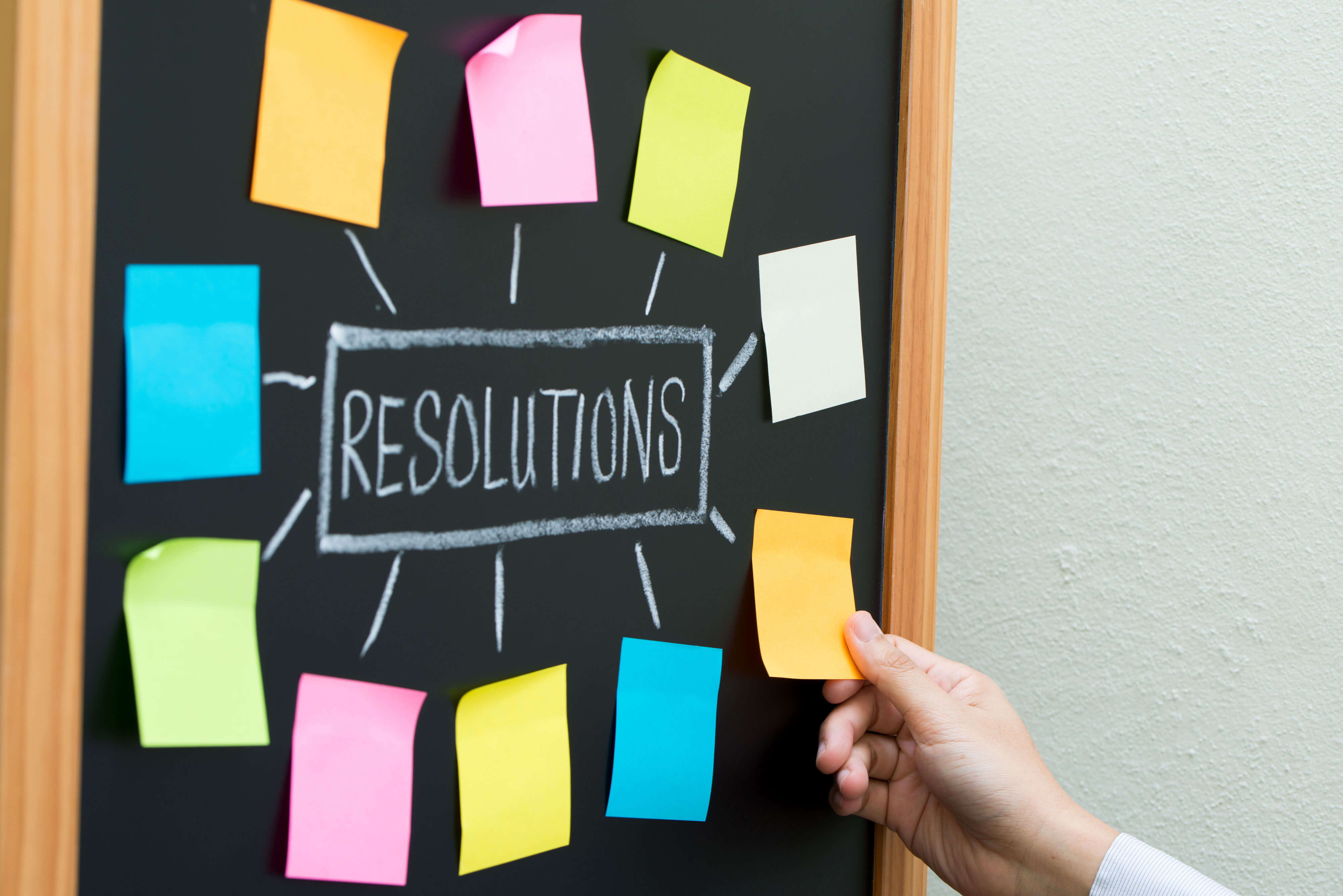It’s no secret that a diverse workplace is a top-performing workplace. By welcoming a broad range of perspectives, experiences, and ideas, organizations can fuel innovation, attract great talent, improve retention, and future-proof their business. But diversity alone doesn’t make an organization great. If psychological safety isn’t a top priority in a company’s diversity and inclusion plan, then many employees risk getting left behind.
What is psychological safety?
According to the Center for Creative Leadership, “it’s a shared belief held by members of a team that others on the team will not embarrass, reject, or punish you for speaking up.”
When psychological safety is upheld, then members of your organization are able to express their identities, without fear of negative consequences. On the other hand, when there is no sense of psychological safety, employees are often uncomfortable showing and being their true selves. Fear of social repercussions on one’s self-image or career can be detrimental to mental well-being. It can lead to employees feeling too scared or anxious to speak up, discuss initiatives, share ideas, or even challenge the status quo. And when employees aren’t empowered to contribute, organizations can’t succeed.
So how can you, your colleagues, and your leaders ensure that each individual - regardless of gender, race, religion, sexual orientation, or socioeconomic background - feels safe at work?
Acknowledge the implications of diversity
Different identities come with different privileges and challenges. For example, the experience of someone who is white, heterosexual, and able-bodied is very different from the experience of someone who is trans, disabled, or ethnically diverse. Organizational members must recognize that not everyone feels comfortable being themselves and showing different parts of who they are, especially when their work life is concerned.
Understand the impact of psychological safety on mental health
A psychologically safe and healthy workplace is proactive in protecting the mental well-being of its members. But how can you recognize if your mental health or that of a colleague is on the line? When there is fear of speaking up at work, fear that colleagues and leaders don’t have your back, or fear that your career might be compromised, the impact on mental health can be severe. Furthermore, if you believe this fear is rooted in elements one can’t control, such as race, sexual orientation, or gender identity, then the psychological safety of your team could be at risk.
Make a commitment to psychological safety
It’s not enough to celebrate Pride Month, Women’s Day, Black History Month, or any other important annual observance. Your organizational leaders must consider how their commitment to diversity actually impacts employees. Are they creating safe environments for engagement and innovation? Are they actively showing empathy at work? It’s important for decision-makers to promote psychological safety, empower employees, and communicate that members of diverse backgrounds are equally valuable.
However, your impact can be just as great. Being open to feedback from your team, holding yourself accountable for your mistakes, and amplifying underrepresented voices can lead to a safer workplace. To increase your impact, stay up to date on diversity training provided by your organization and educate yourself by listening to marginalized voices.
Leverage your privilege to support those who need it
Recognizing privilege is a crucial step in becoming strong allies. Otherwise, we risk blocking opportunities to be honest about how our needs differ and to work towards creating psychologically safe spaces. This can cause marginalized communities to not feel safe enough to open up about their experience and the support they need. Your organizational leaders play a big role in promoting psychological safety through D&I policies and inclusive processes, but individuals can also make a difference. If you witness a problematic interaction, speak up. It can be as simple as sending your impacted colleague a quick message to show your support, or bringing it up with your HR representative.
How does Dialogue promote psychological safety?
It’s imperative for our healthcare practitioners to educate themselves on diversity, but also to ensure that they employ an inclusive attitude when consulting. For example, our team is careful not to assume someone's gender identity or sexual orientation or use pathologizing terms, as this can create barriers in building trust with patients. To deliver good and proper care, we must also bear in mind that the marginalized populations who consult us may have behind them a long history of negative experiences with healthcare professionals.
Ultimately, employee engagement and sense of belonging are rooted in psychological safety. To build inclusive and empowering workplaces, all members of an organization must proactively work towards creating psychologically safe spaces where mental and professional well-being can thrive.
If your psychological safety is impacted, don’t hesitate to contact our Care team.
Resources
- Foma, Elizabeth. “Impact of workplace diversity.” Review of Integrative Business and Economics Research 3.1 (2014)
- https://www.businessnewsdaily.com/9488-diversity-inclusive-communication.html
- https://www.forbes.com/sites/forbescoachescouncil/2019/09/13/the-benefits-of-cultural-diversity-in-the-workplace/?sh=6d8d6e71c0d0





 Canada (EN)
Canada (EN)
 Global (EN)
Global (EN)







